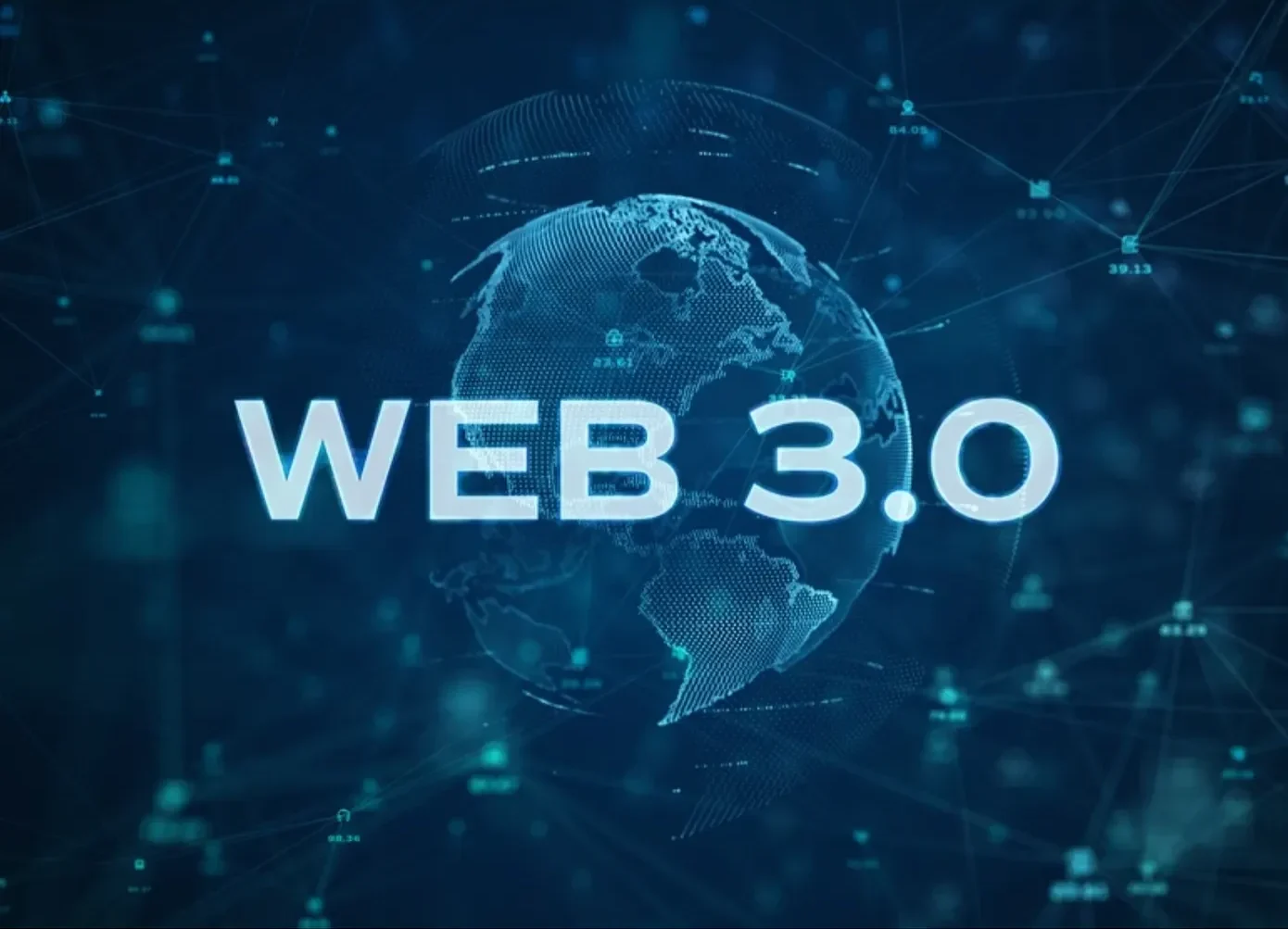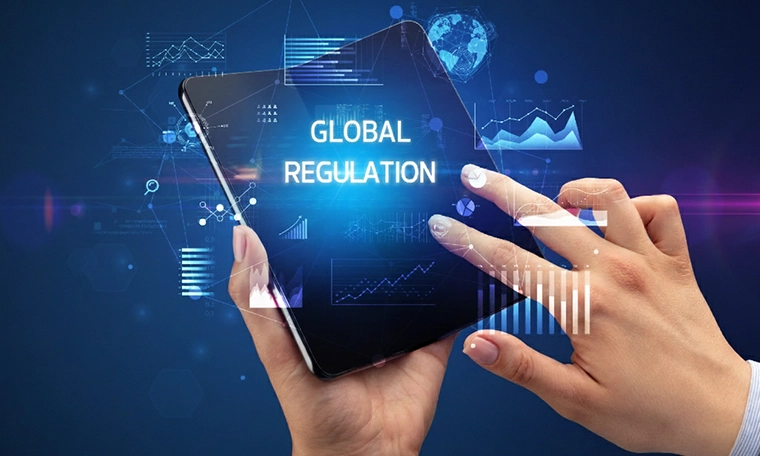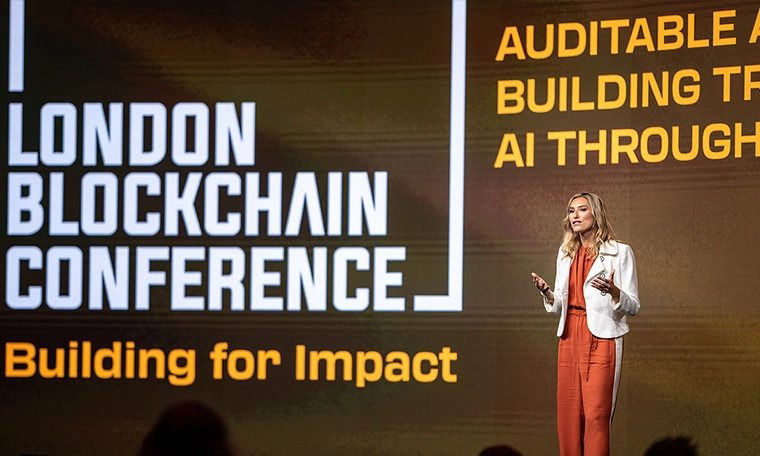Let’s admit it: differentiating Web2 from the newest iteration of the World Wide Web—Web3—is hard to grasp. Are we still using Web2, or are we using its more secure, peer-to-peer, decentralized version? Keep reading this piece to find out.
Read-only vs. read + write vs. read + write + own internet
Before we move on to the differences between Web2 and Web3, let’s look at the first draft of the internet—Web1. Starting around 1989, the earliest version of the World Wide Web didn’t offer much to do. You can search, read, and publish, but that’s about it. It essentially turned books, research papers, newspapers, and magazines digital. The primary use of Web1 was to store and share information across the internet.
Then, the dot-com bubble happened between 1995 and 2000, proliferating the coming of the “new age of the internet”—Web2. This period also saw a shift in how we consume the internet, ultimately launching social media sites, publishing platforms, and web apps like Facebook, Friendster, Tumblr, WordPress, Yahoo, Gmail, and YouTube.
Web3, or Web 3.0 for many, is the new iteration of WWW. It became popular in 2013 and is said to be the next new phase of the internet. It is often centred on the idea of blockchain, data ownership, and decentralization.
Now that we got these out of the way, let’s see what makes Web2 different from Web3 and if this iteration of the WWW is attainable.
Web3 v Web2: The focus on user ownership, transparency, and privacy
- Web3 is decentralized
As much as we love technological advancement, Web2 is centralized because private organization behemoths like Google, Twitter, and Facebook are walled gardens harvesting data online. As we said above, with the rise of Web2, social networking apps quickly became a thing, but their rise also triggered control over our data.
Web3 adds a layer called “decentralization,” as its goal is to cut the power of big tech companies, promote peer-to-peer transactions, and revert the power of the data back to its creators and users.
- Web3 promotes data ownership
Hint: Your intellectual property and digital assets are yours.
Web3 gives power over users’ intellectual property. In this new internet iteration, just as individuals control their physical properties in the real world in Web3, data and assets in your possession are yours alone—a huge shift compared to Web2, where private corporations profit over the user’s hard work. Web3 gives power over users’ intellectual property. In this new internet iteration, just as individuals have control over their physical properties in the real world in Web3, data and assets in your possession are yours alone—a big shift compared to Web2, where private corporations profit over the user’s hard work.
- Web3 enables peer-to-peer transactions
The most common P2P transaction enabled by Web3 is probably in the world of finance. If you’re using PayPal, Venmo, or Google Pay, you have been using Web3.
Unlike Web2, which enables payment through fiat currency, Web3 allows P2P transactions, enabling users to exchange money directly from their bank account or digital wallets to various payment platforms.
- Web3 is more secure and transparent
By underpinning technologies like the blockchain, we can access and record all transactions made in Web3. With blockchain, stolen assets can be tracked and recovered quickly in Web3, solving problems for governments and financial institutions. Whereas, in Web2, data management works in silos, and figuring out where assets move to and from may take days or even weeks.
- Web3 will be fueled by micropayments
Aside from transforming the financial ecosystem with the help of peer-to-peer transactions, Web3 also supports the facilitation of micropayments—or small online financial transactions allowed because of the popularization of Bitcoin. This feature of Web3 could potentially help low-income countries, content creators, and entrepreneurs by providing another bridge to participate in the digital economy.
The internet continues to grow and change. Yes, we’re still very much in the Web2 era, but with the rapid development in blockchain, digital currencies, AI, and other emerging technologies, who knows what the future of the web holds?
So, to learn more about the different innovations in Web3, register for the upcoming London Blockchain Conference 2024. View the full agenda and learn more about the various tracks and topics.
Hear all about what will be covered at the London Blockchain Conference by Alex Stein, Conference Director, in the E-Mind podcast with Kary Oberbrunner.



